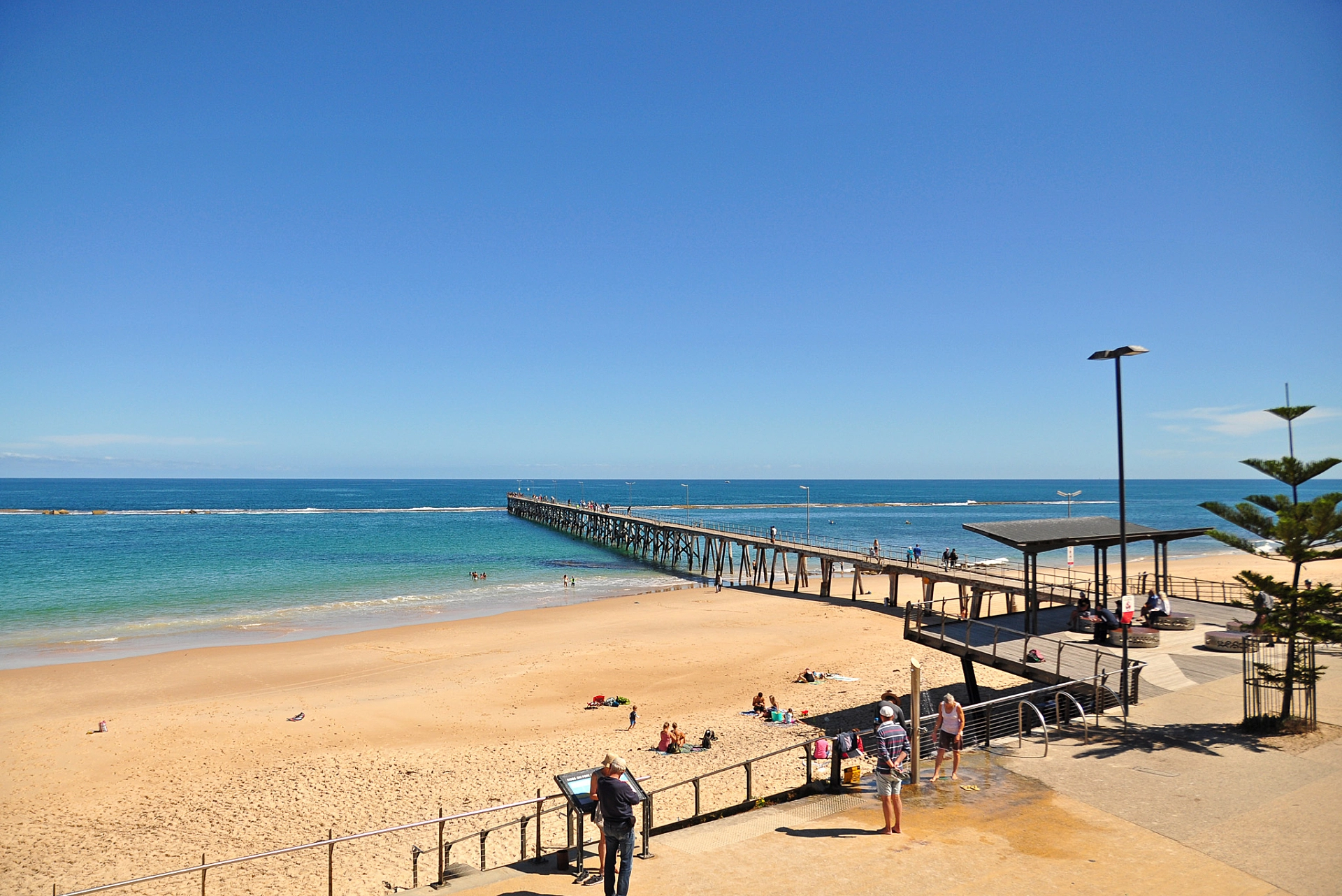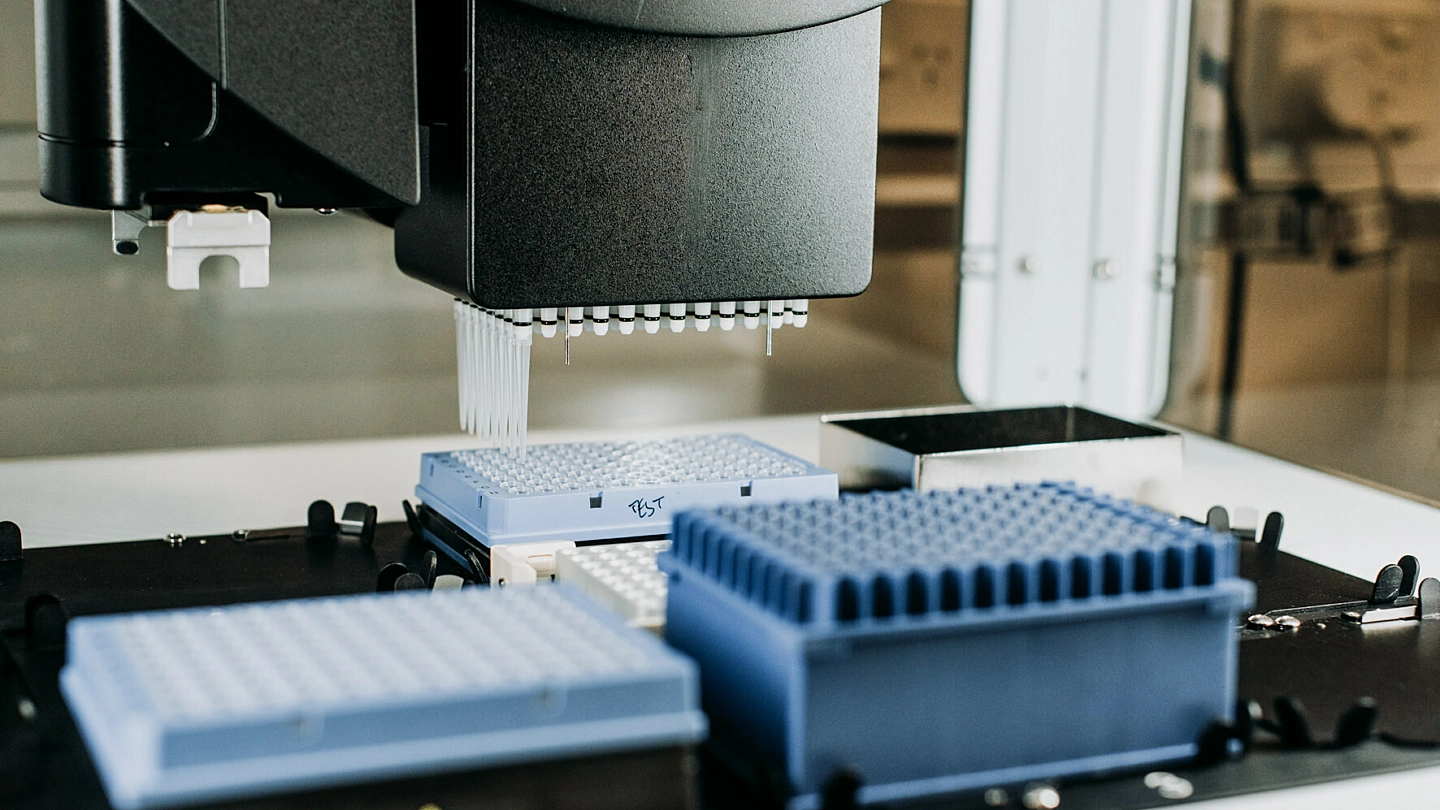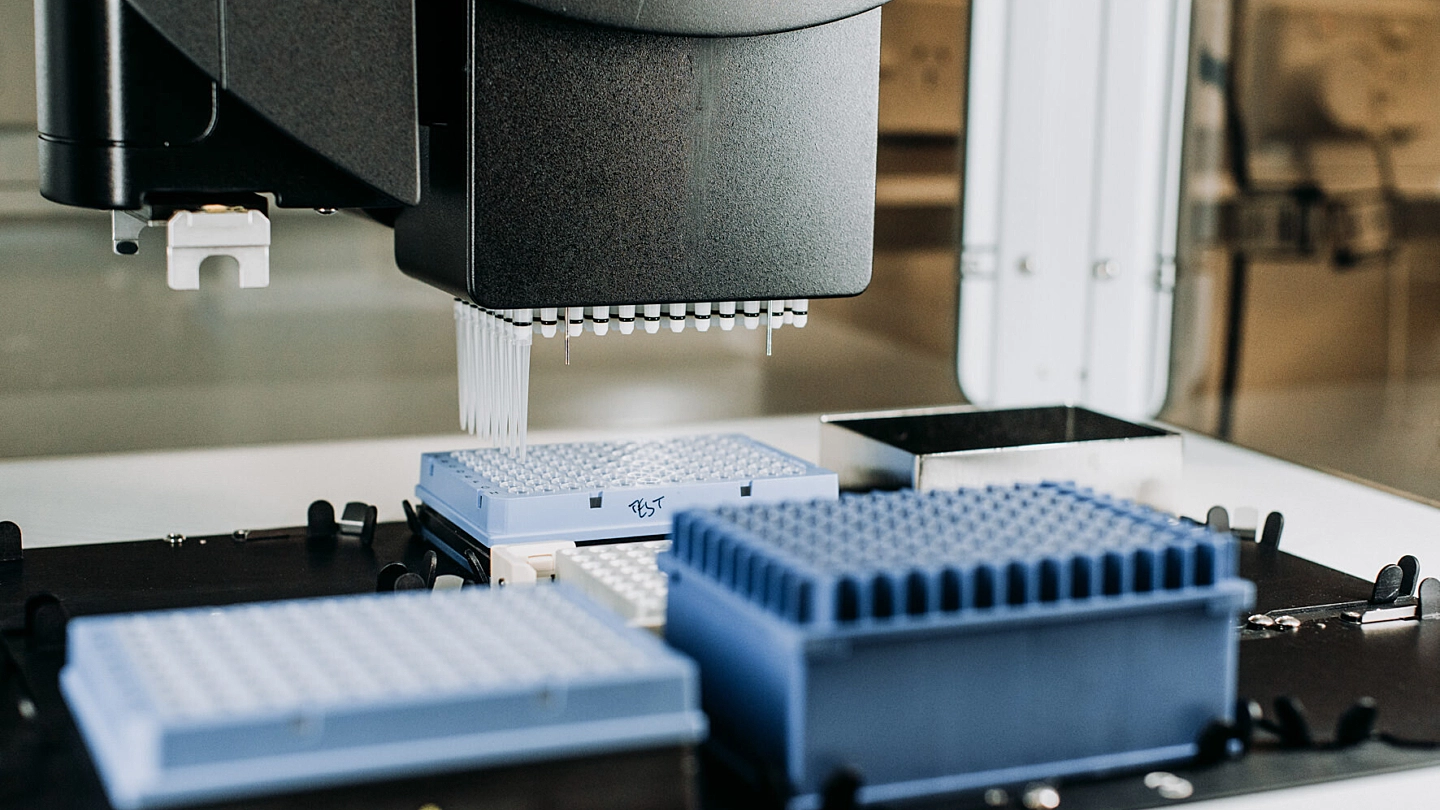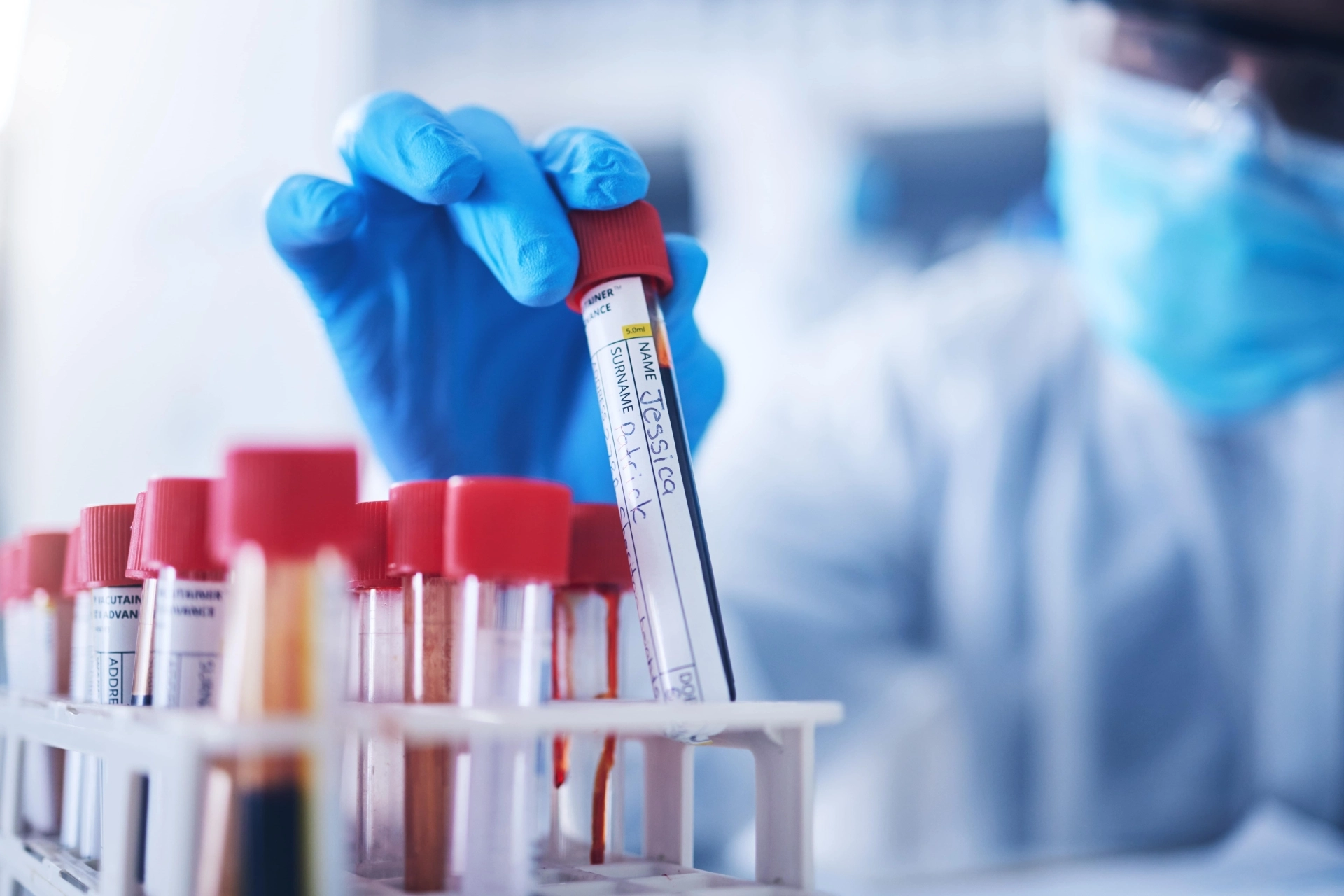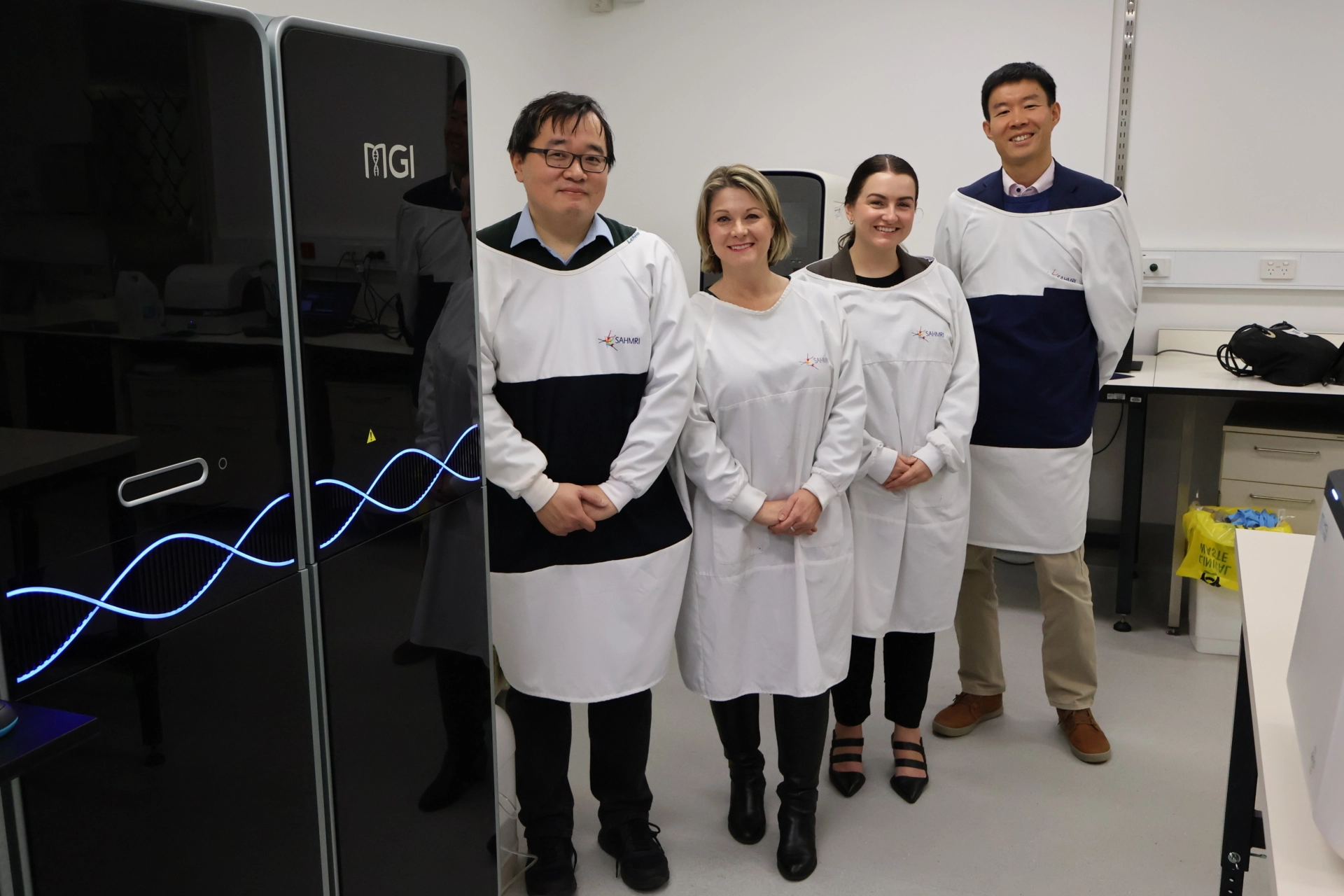The SAHMRI-headquartered South Australian Genomics Centre (SAGC) is playing a key role in research targeting the harmful algal bloom that has devastated marine environments and associated industries this year.
The cutting-edge research is being led by Flinders University – one of the SAGC’s partner institutes – with SAGC experts facilitating the whole-genome sequencing of the Karenia mikimotoi algae.
SAGC Business Development Manager Joel Bathe says a high-quality reference genome for this algal species will be a foundational resource for researchers to work with.
“This sequencing work demonstrates the importance of having local expertise and capability,” he said.
“It will help researchers and decision-makers understand what’s driving this bloom, so any response can be more rapid and targeted.”
Professor Elizabeth Dinsdale from the Flinders Accelerator for Microbiome Exploration (FAME) Lab says that although the K. mikimotoi algae has caused damaging blooms across Europe and Asia, there is still much to learn about the species.
“We lack critical knowledge about its toxicity, bloom drivers and ecological impacts,” she said.
“Genomic research will help fill this knowledge gap, directly informing monitoring, mitigation and ecosystem management strategies for South Australia and beyond.”
Sequencing and assembling the complete genome of K. mikimotoi will use cutting-edge genomic approaches developed by SAGC and FAME. Researchers will uncover a detailed genetic blueprint of the microalgae species, which has a genome that is roughly 16 times the size of the human genome.
Researchers’ efforts will provide critical insights into:
- Toxin production — identifying the genes and proteins linked to the harmful compounds that damage marine life.
- Bloom dynamics — describing the genetic traits that enable micro-algae, like K. mikimotoi, to affect the ecosystem dynamics, persist in changing conditions, and outcompete other plankton.
- Evolutionary history — revealing how this species has evolved unique genomic structures, including unusual repeat regions and extra-nuclear DNA, that may explain its ecological success.
- Future management — identifying vulnerability in the micro-algae genome that could help reveal areas to be targeted for mitigation strategies.
Prof Dinsdale says the proliferation of the current bloom afflicting SA waters highlights how little we know about the genomic seascape in Australia.
“This project demonstrates the value of having national infrastructure and local expertise ready to respond to urgent environmental events,” she said.
“As the genomic era reshapes how scientists tackle environmental crises, Flinders researchers and our collaborators are positioning South Australia as a leader in responding to harmful algal blooms with cutting-edge science.”
The project is supported by Bioplatforms Australia, which is part of the National Collaborative Research Infrastructure Strategy (NCRIS). Bioplatforms Australia’s support is part of its mission to build foundational molecular datasets to address environmental and biodiversity challenges.
